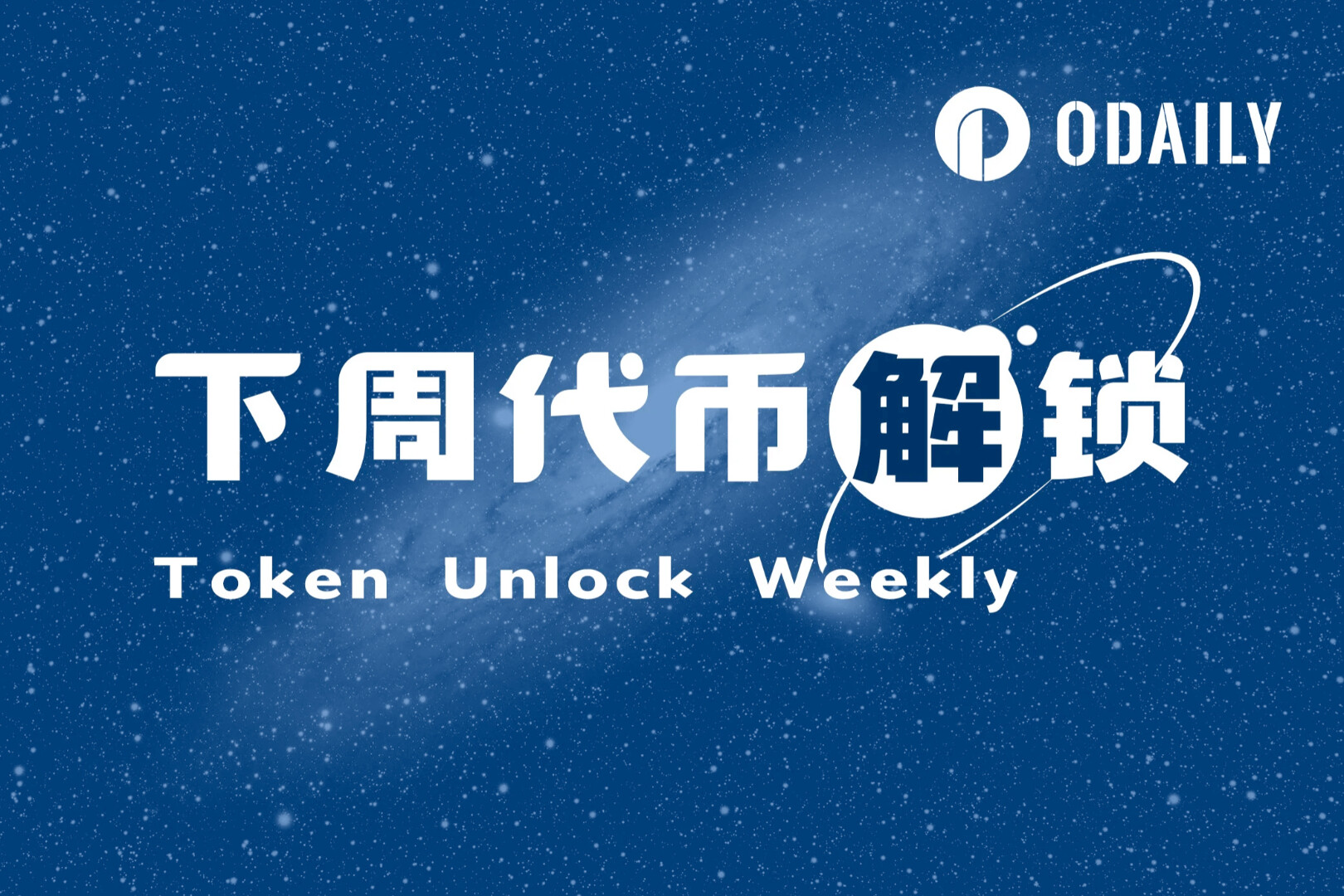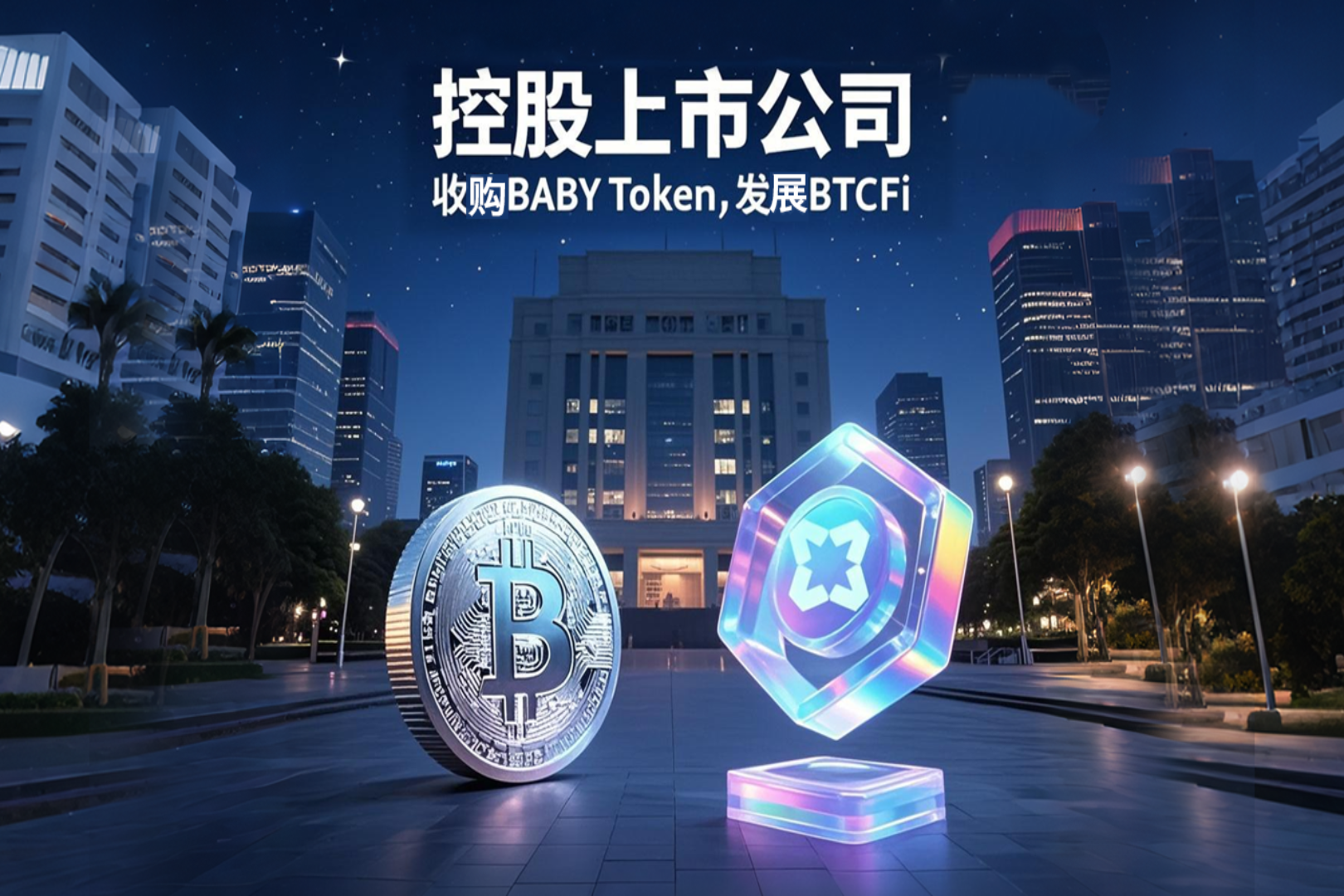Original - Odaily
Author - jk
On December 21, local time in the United States, a Fox Business reporter reported that the SEC put forward new conditions for ETF approval of spot Bitcoin during a meeting with ETF applicants.That is, requiring the ETF to be created using cash and removing the implication of removing all physical redemptions.Since then, several applicants, including BlackRock, have submitted revised S-1 documents.
On December 23, Bloomberg ETF analyst Eric Balchunas posted on the X platform that the latest snapshot of ETF Cointucky Derby added an “AP Protocol” column becauseThe SEC expects the applicant to confirm the AP (authorized participant, or underwriter) information in the next S-1 filing update (in the next 10 days).He believes that this step will not be easy and may be too time-consuming, which may prevent some issuers from receiving approval at the same time in early January.But Confirm AP Agreement plus Cash Creation may equal Approval.
At the same time, analysts at Fox Business and Bloomberg confirmed thatThe SEC has asked spot ETF issuers to submit revised filings by the end of next week (December 31, U.S. time), many people speculate that this may be in preparation for approval around January 10.
Previously, according to sources, as of the 20th, the SEC had held 24 meetings with various ETF applicants, and had held new meetings with BlackRock, Valkyrie and Grayscale before this Saturday. This also means that these two new conditions were discussed at multiple meetings. The last two conditions for the expected approval time of January 10 can be said to be the last step.
So what do these two conditions mean? Is it difficult to achieve? Will the ETF be approved on January 10 as expected? Let’s take a look at the fine print of the conditions.
Cash Creation vs. In-kind Creation
The creation of an ETF is the process of selling new ETF shares to investors on behalf of the issuer. It is mainly divided into two methods: cash creation and physical creation.In cash creation, large institutional investors or Authorized Participants provide cash to the ETF, and the ETF management company uses these funds to purchase the assets that make up the index tracked by the ETF (that is, Bitcoin) and issue ETF shares of corresponding value. to investors. This method is simple, flexible and easy to understand, and is suitable when the assets of the ETF are difficult to obtain directly. However, Bitcoin does not appear to be difficult to acquire.
In contrast, in-kind creation involves investors directly providing the stocks or other assets that make up the index the ETF tracks, rather than cash. These assets are exchanged directly for equivalent ETF shares,thereby reducing transaction costs. In a Bitcoin ETF, physical creation represents an investor using Bitcoin to directly purchase shares of a spot Bitcoin ETF. Both creation methods are designed to flexibly adjust the number of ETF shares based on market demand, ensuring that their price is consistent with the actual value of the tracking index or asset portfolio.
Readers who see this must have a doubt, if I already own Bitcoin,Why do you need to use Bitcoin to buy ETFs that use Bitcoin as an investment asset?Isnt this a thing? There are two reasons here.
The first reason has little to do with Bitcoin:ETF issuers are often willing to offer the option of physical creation because of the tax exemption.For example, when purchasing an ETF consisting of stocks A, B, and C, if I am a holder of A stock, then directly exchanging A stock for ETF shares is equivalent to owning stocks of three companies at the same time. , diversify investments and reduce risks, and because no securities are sold, no tax is required under U.S. tax law. If I choose cash creation, then I need to sell A stock first,And this will involve capital gains tax.Therefore, ETF issuers generally provide both cash and physical options in their purchase options, but here the SEC only wants Bitcoin ETF issuers to use cash as the only way to create it.
The second reason has a lot to do with Bitcoin: For high-capital investment institutions pursuing safety, direct investment in digital currencies does not sound like a safe choice, especially after several thunderstorms last year. after. From a credibility perspective,We invested in a very safe digital currency is obviously more convincing to asset management LPs than We invested in a financial investment ETF provided by BlackRock.This is why ETFs will be more attractive to institutional investors than Bitcoin itself.
Because the process is a purchase of ETF shares, some news reports also refer to cash subscriptions. Corresponding,Cash Redemption and In-kind Redemption represent the payment methods accepted by investors who own ETF shares when selling these shares.
Odaily previously reported that in another meeting between Grayscale and the SEC to discuss matters related to GBTC, Grayscale still insisted on striving for physical means (subscription and redemption). Bloomberg analyst James Seyffart also said, Im almost entirely on the side of Grayscale, BlackRock and other issuers who have or are pushing for physical-based mechanisms. This is a simpler and more efficient way to run ETFs.
Authorized Participants
Authorized participants of an ETF are those large institutional investors, such as investment banks or brokerage firms, who are authorized by a specific ETF to trade directly with the ETF. For example, institutions such as Morgan Stanley and Goldman Sachs, acting as APs, can directly engage with ETF managers for cash creation, providing cash in exchange for newly issued ETF shares.
According to analysts,The SEC expects to have issuers confirm AP lists and list them in updated filings within the next 10 days. This timeframe may not be feasible for some issuers, who may not be able to meet potential approvals in early January.
However, Bloomberg ETF analyst Eric Balchunas also mentioned,AP Agreement + Cash Creation = Approval. In other words, these two steps should be the last steps before approval. Odaily will keep track of updated documents submitted before the 31st of the report.





